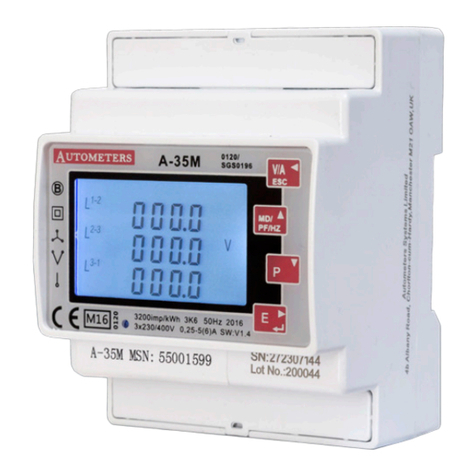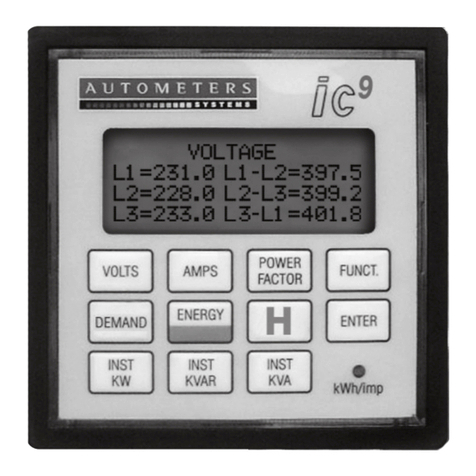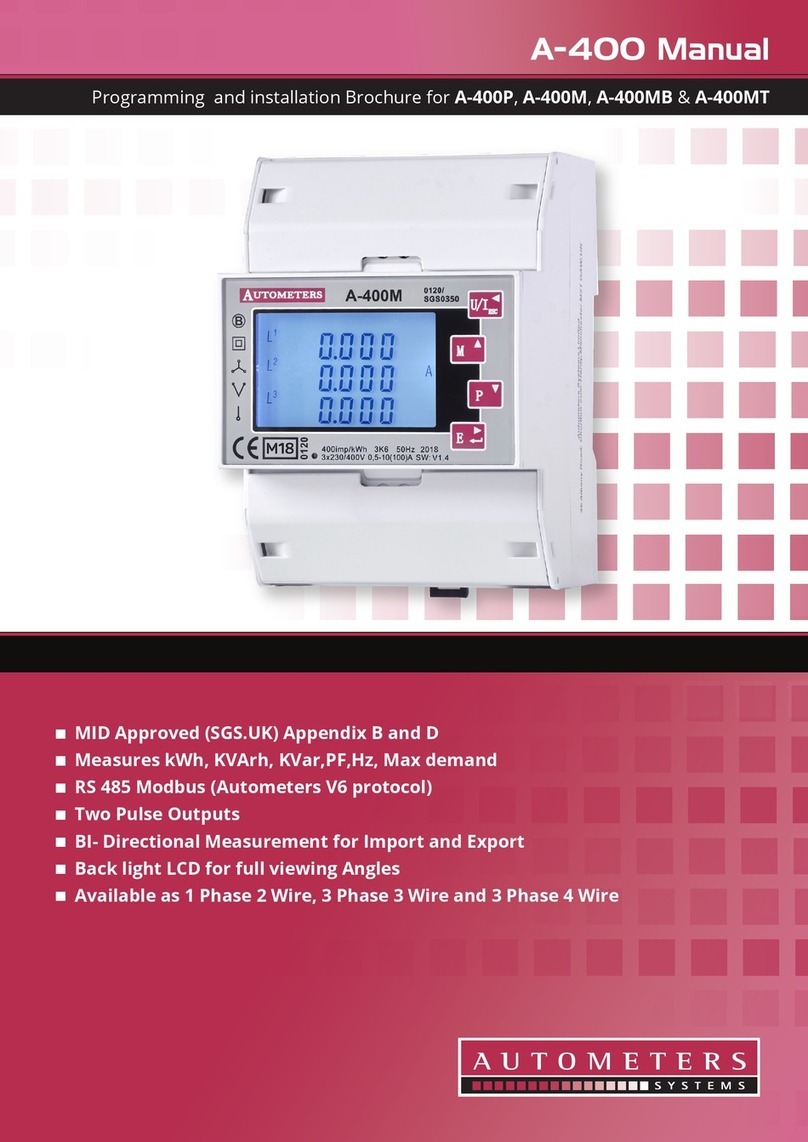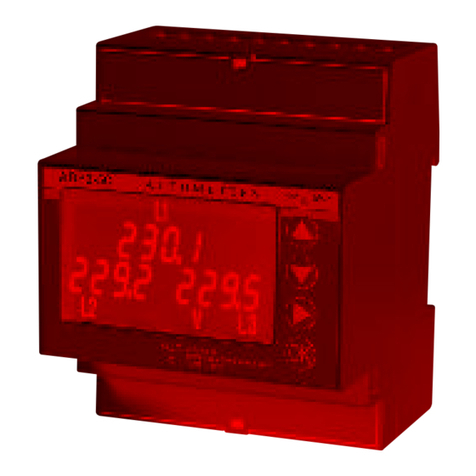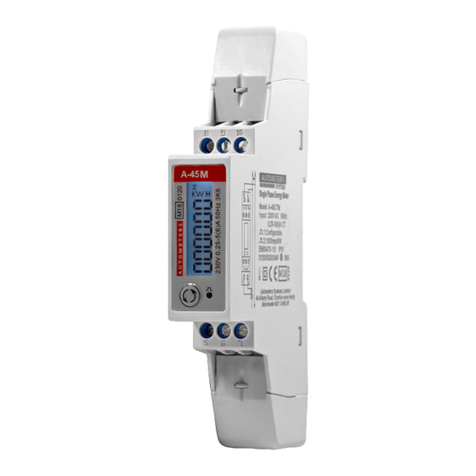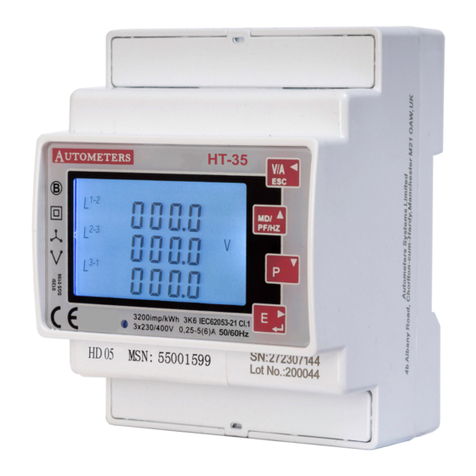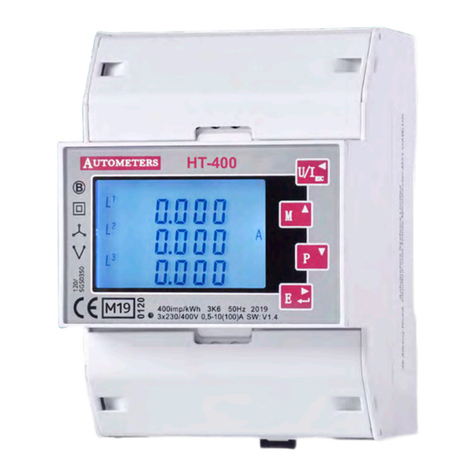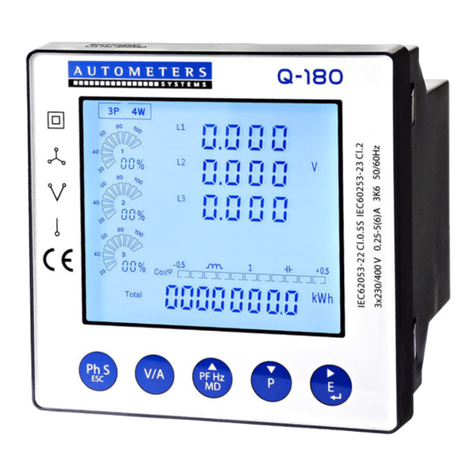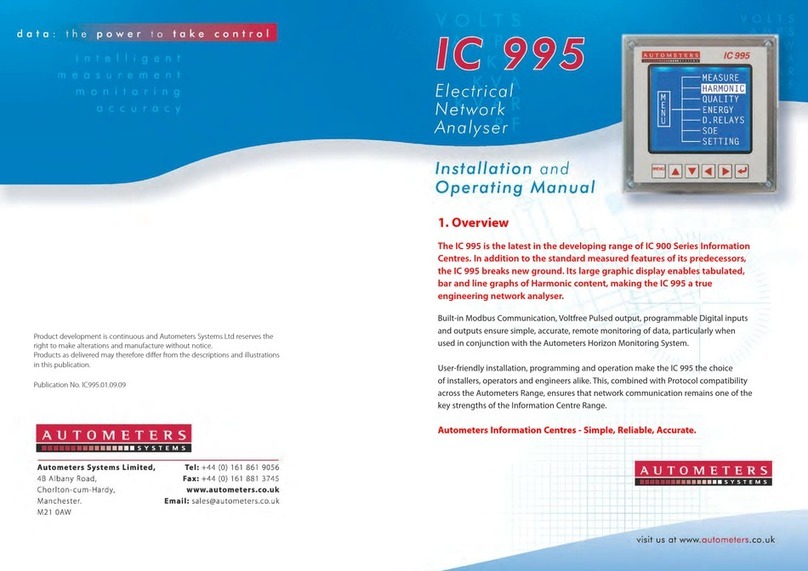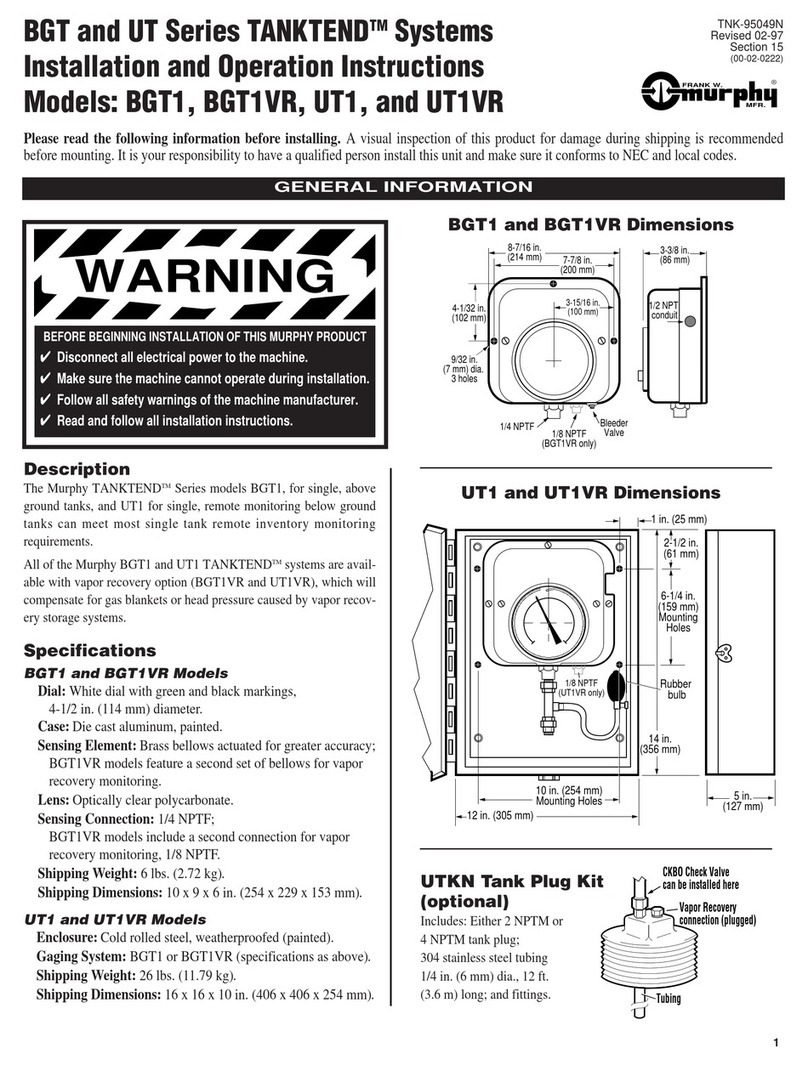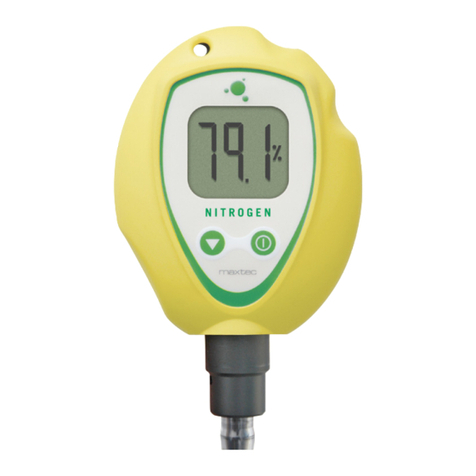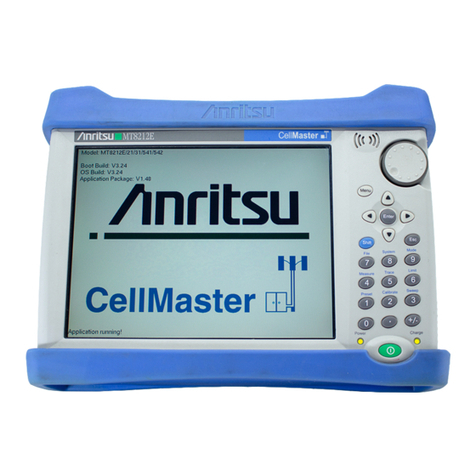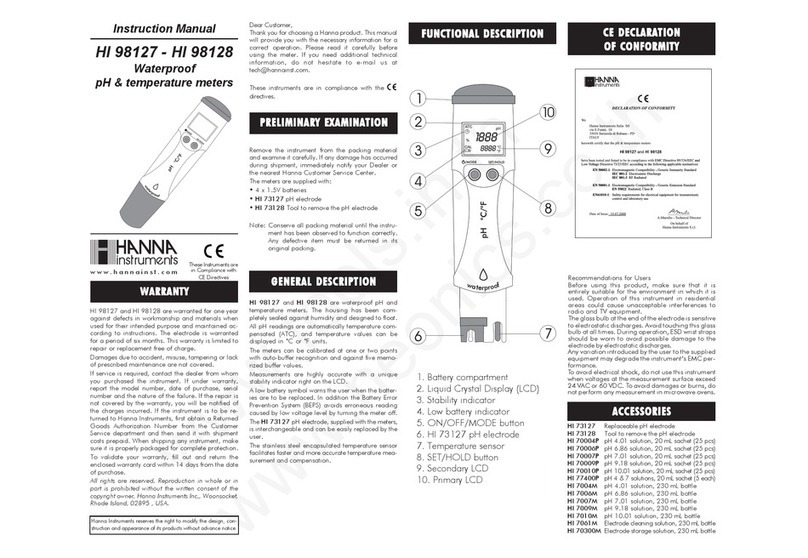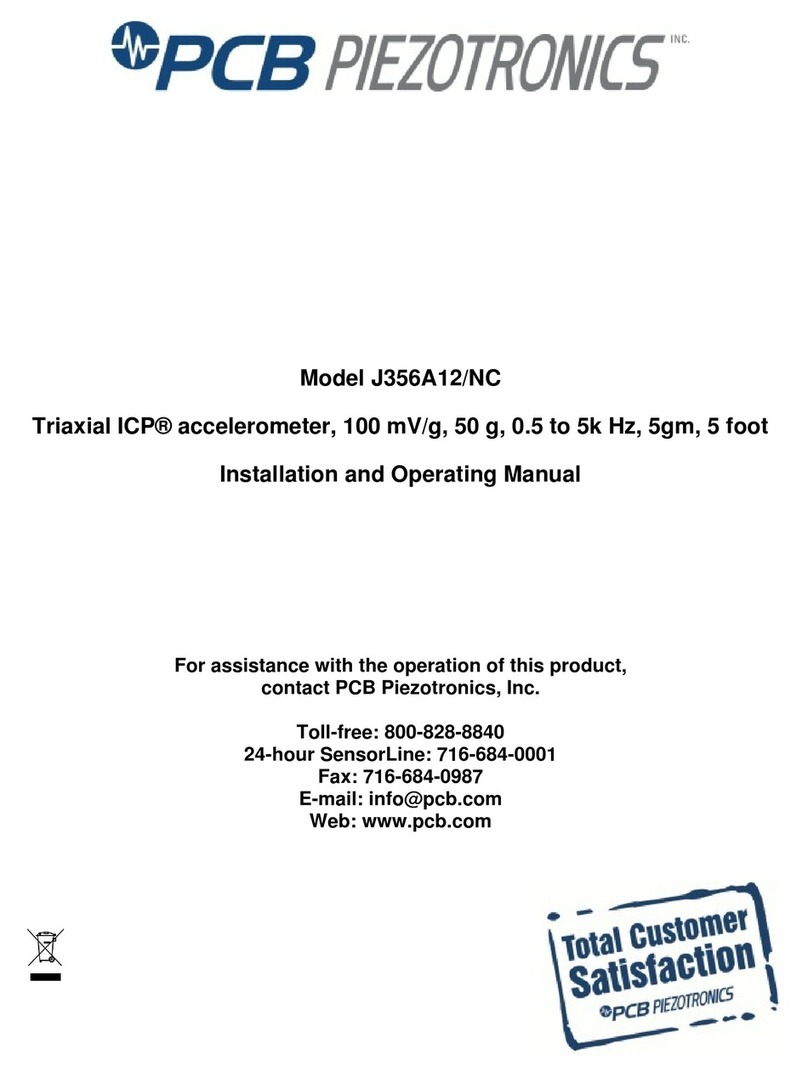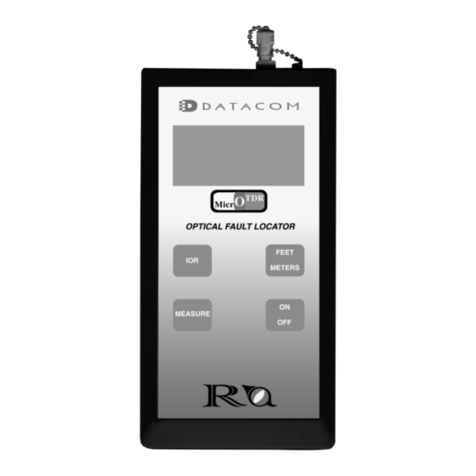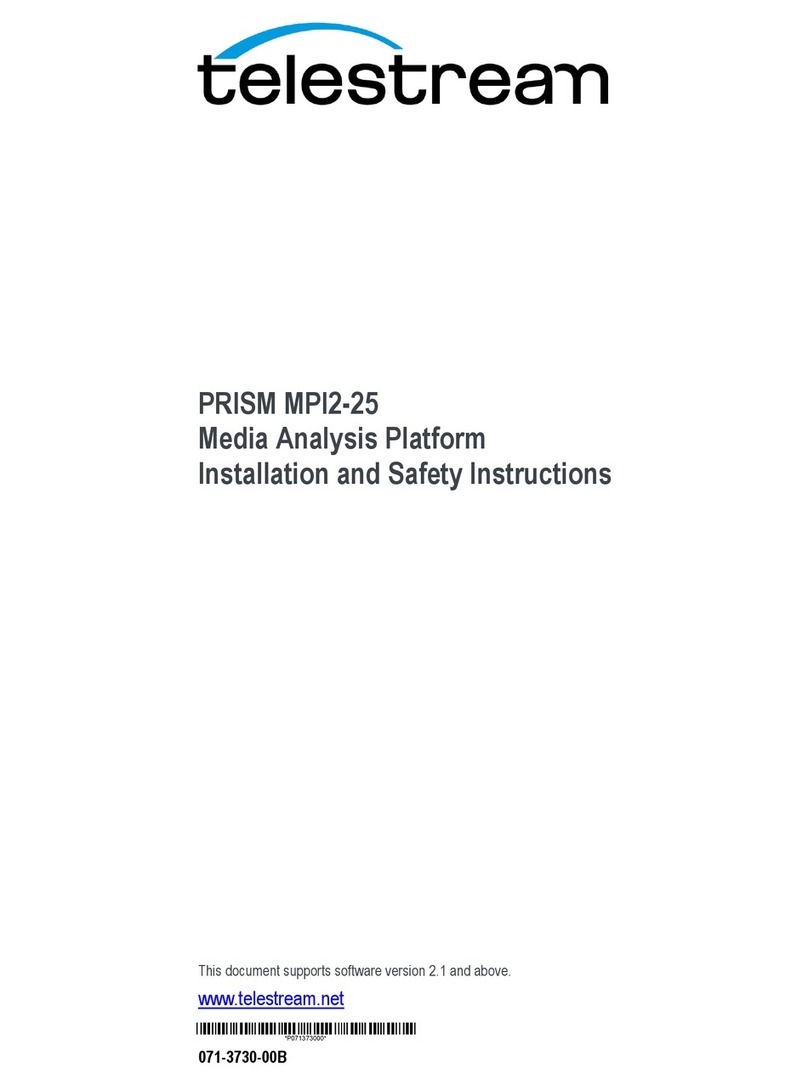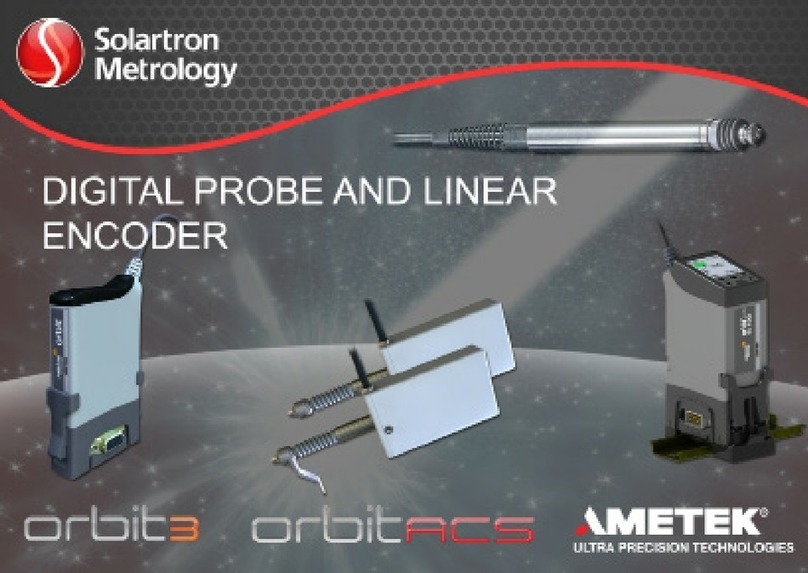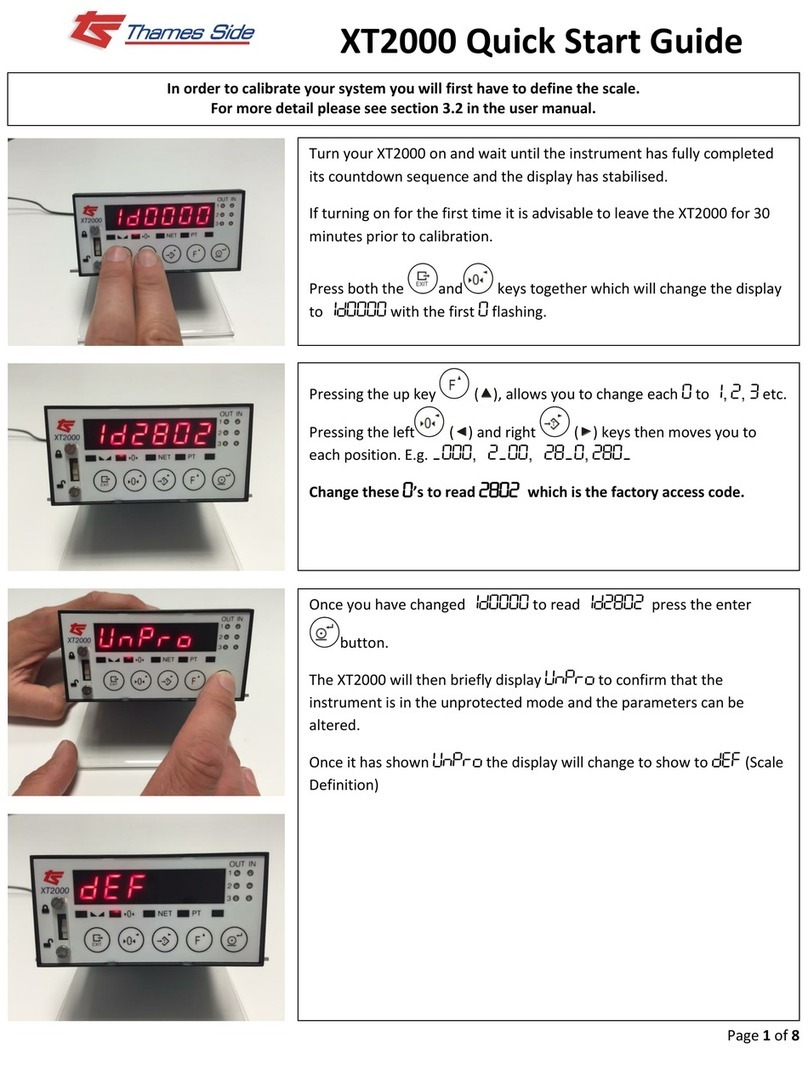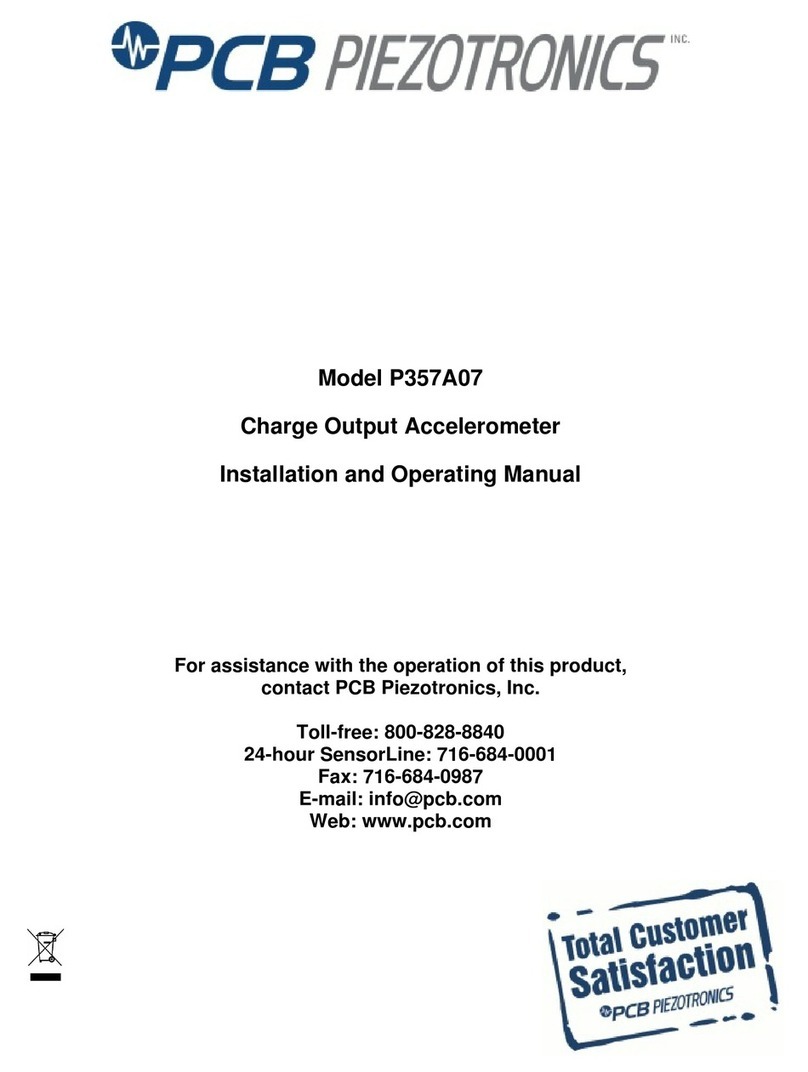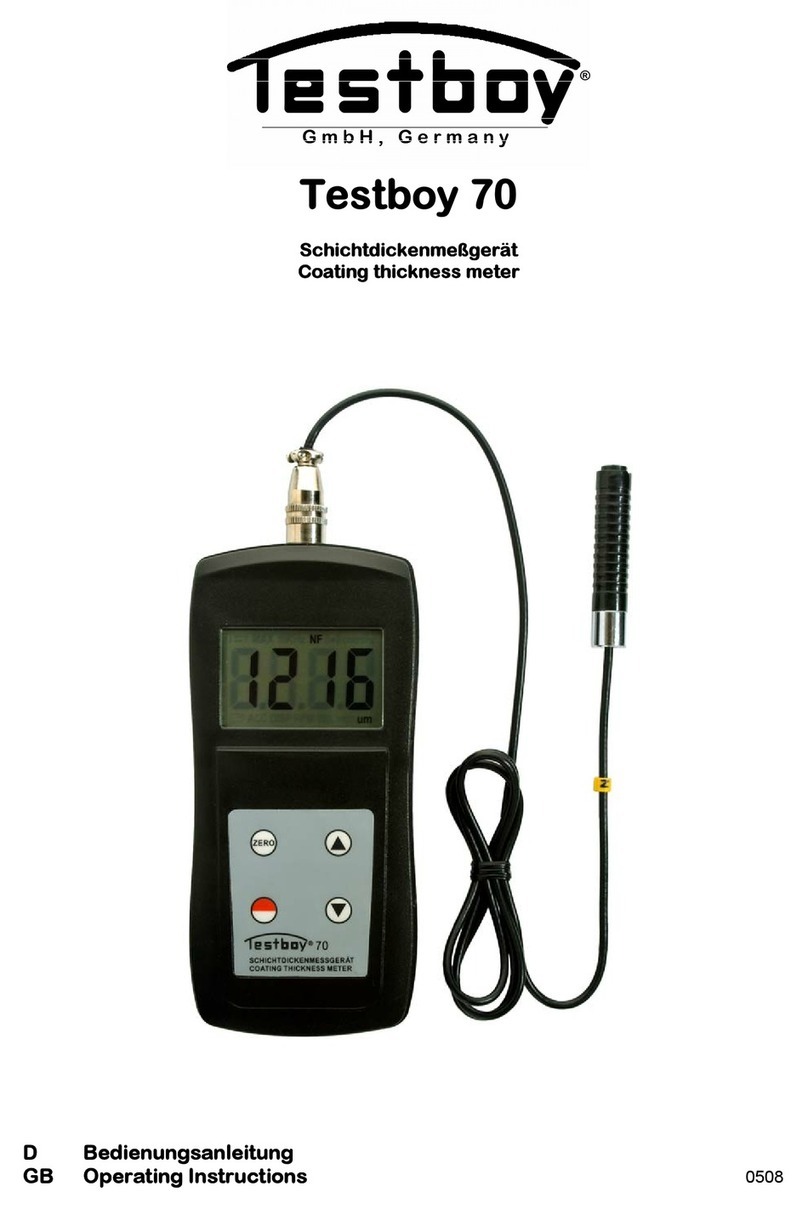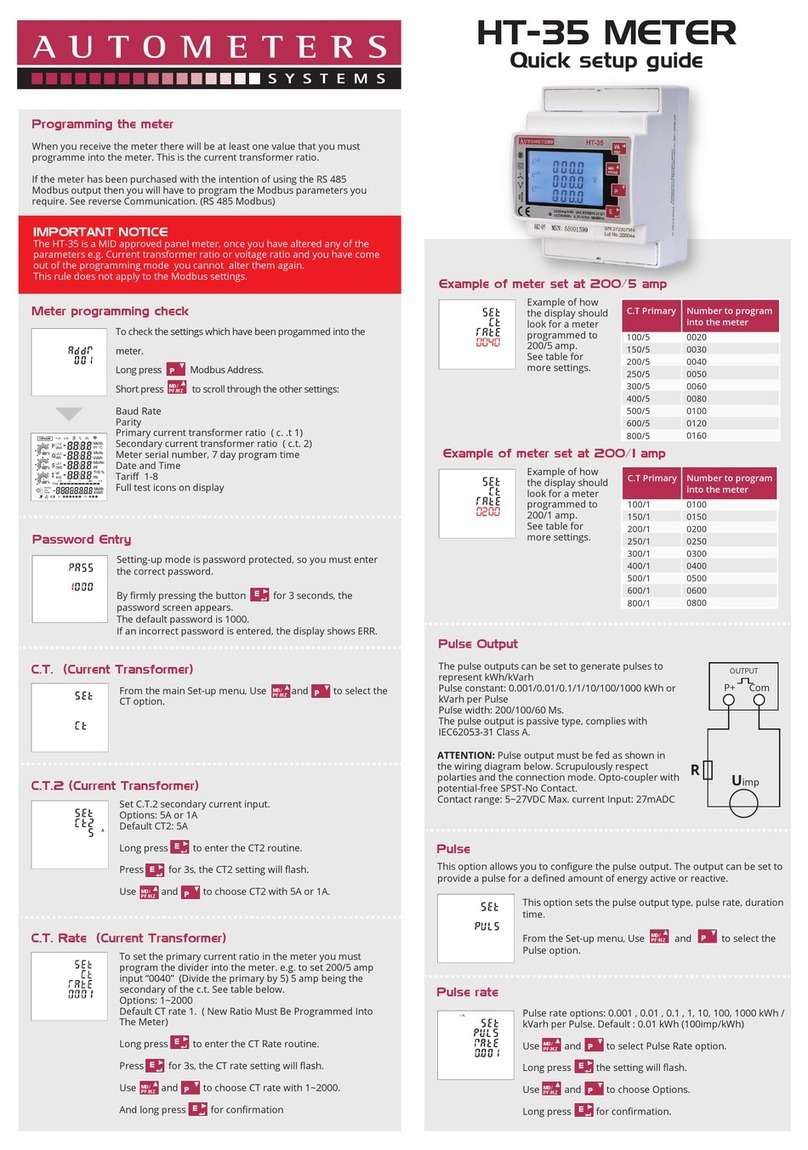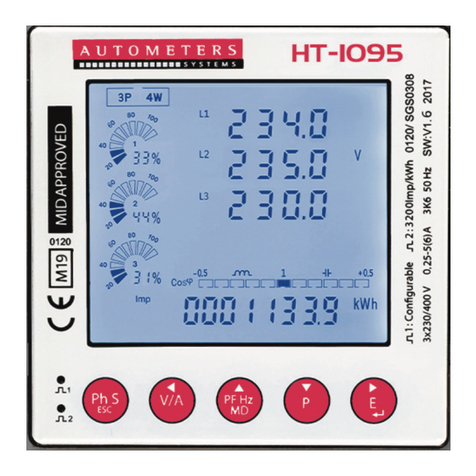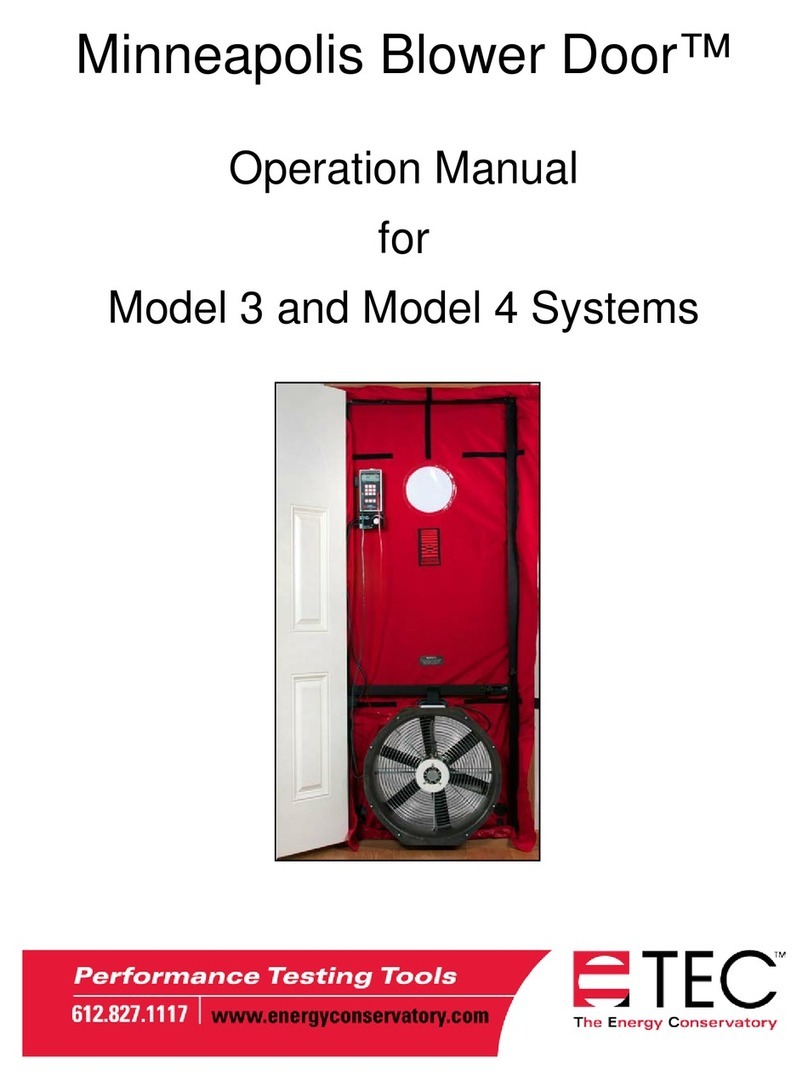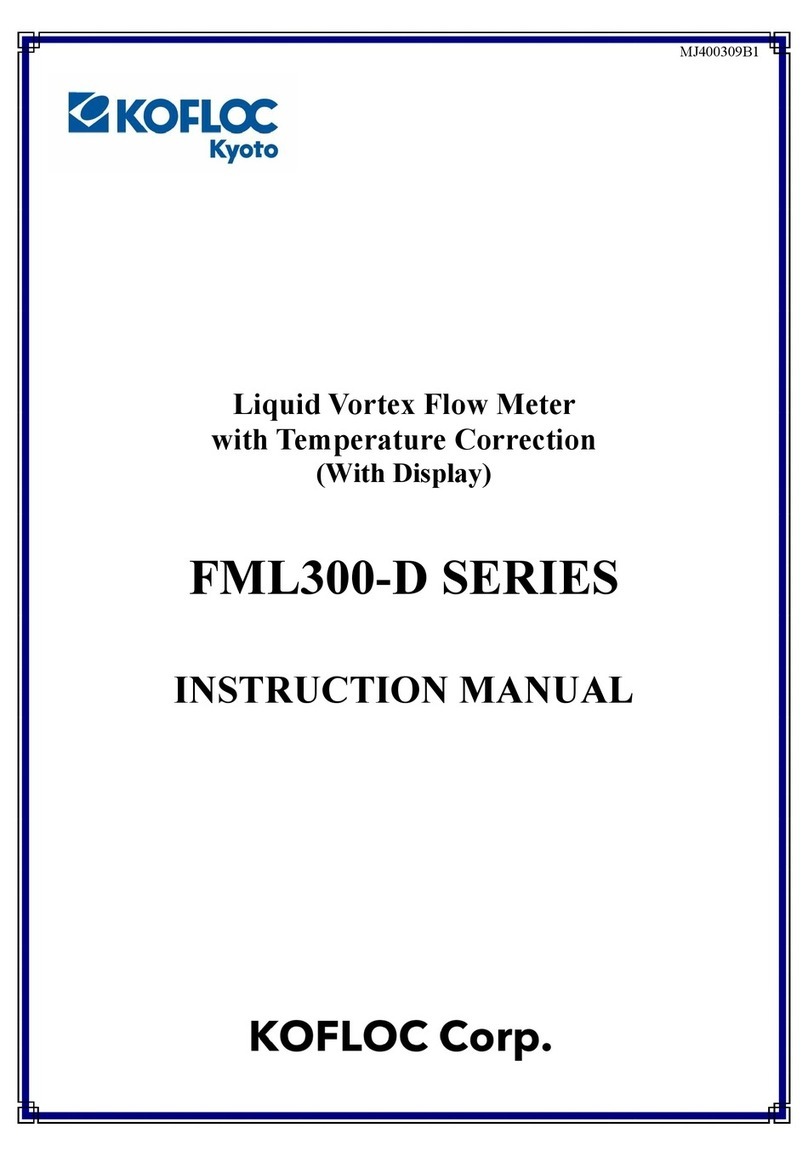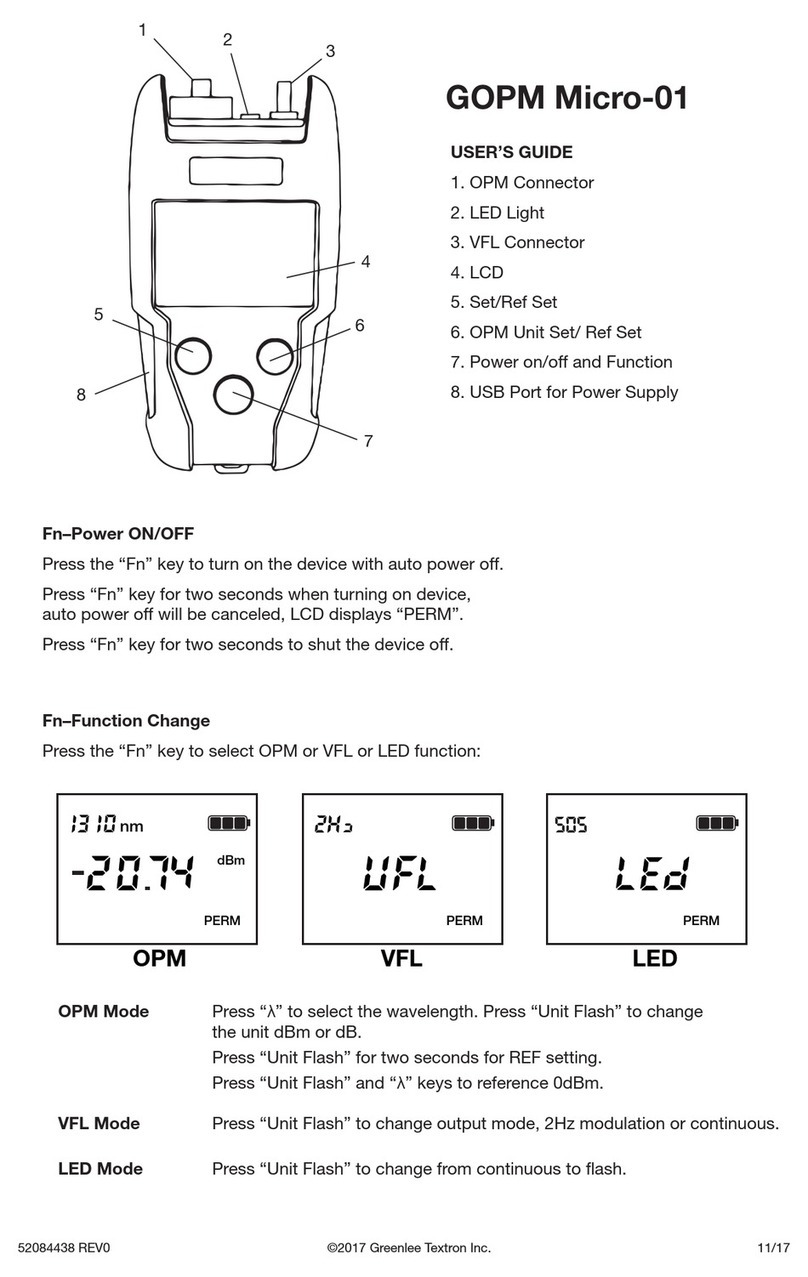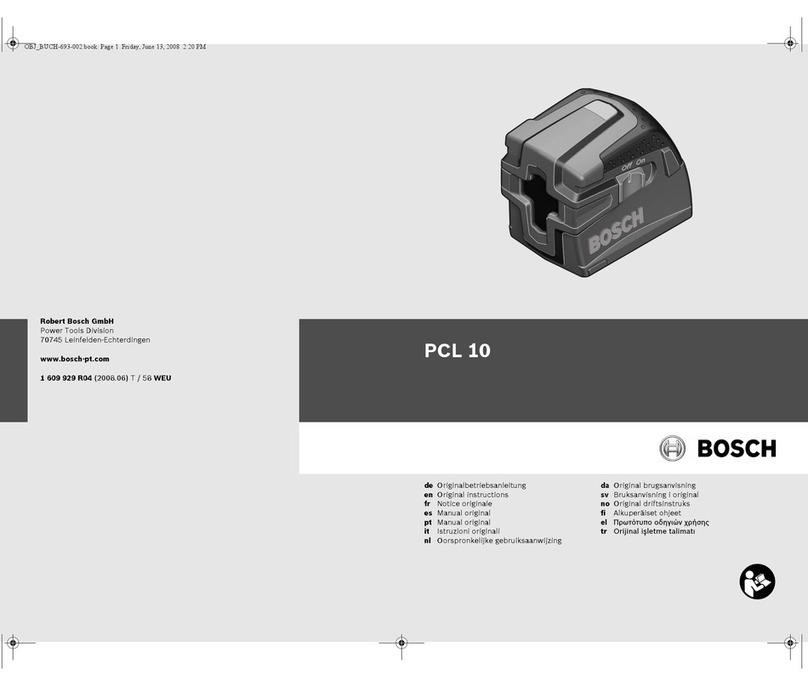
23
22
Supplied
As Standard
Function 09 - Min/Max Volts Reset to Zero
Function 10 - Min/Max Amps Reset to Zero
Function 11 - Min Max Neutral Amps Reset to Zero
Function 12 - Peak Maximum Demand Reset to Zero
Function 13 - C.T and N.T current transformer setting Programmable
Function 21 - Pulse value Programmable
Function 22 - Pulse Duration Programmable
Function 30 - Display contrast Programmable
Function 31 - Back light Duration Programmable
Function 50 - Connection details View only
Function 51 - Relay test mode View only
Function 52 - Binary switch positions View only
Dimensions (mm)
W96mm x H96mm x D 89mm (with comms module 103mm). Weight with communication module
and fixing clips: 0.64 kilos. Packing weight individually boxed in polyfoam box: 0.65 kilos
Field Service Considerations
In the unlikely event that a unit should fail, it will generally be serviced by exchanging the unit
for a replacement unit. The initial installation should be done in a way which makes this as
convenient as possible.
1. It is good practice that a current transformer shorting block is fitted, this enables the meter to
be disconnected without open circuiting the current transformers. The shorting block should be
wired so that the protective relays are not affected.
2. All wiring should be routed to allow easy removal of the connection to the terminals.
Disconnect From Supply
A suitable isolator for both voltage and current terminals shall be included in the wiring
installation, close to the meter with easy access and marked as the meters disconnect device.
If the equipment is used in a manner not specified by the manufacturer the protection provided
by the equipment may be impaired. Current measuring terminals are not intended to be
connected to voltages to earth above 50Vac.
Performance Characteristics - Typical load curve with balanced load at 50 Hz
0
0 1 2 3
Amps
Pf 0.5L
Pf 1.0
% Error
4 5 6
0.1
0.2
0.4
0.3
0.246
0.223
0.189
0.105
0.069
0.102
0.068 0.048 0.055
0.046
Customer care is the cornerstone of the company’s success. A positive service policy is observed
throughout every specialist area of operation.
The personal involvement of all the directors at every level, a highly trained and motivated staff,
fully computerised systems and in depth stockholding combine to provide a level of service
which has earned the appreciation of customers across the spectrum of the UK and overseas
markets. Computerised distribution systems are geared to a consistent 24 hour despatch of
products, with 20 minute despatch being possible in response to urgent demand for small orders.
Metering and monitoring equipment ranges from single phase and Polyphase kWh
electromechanical meters to a sophisticated range of fully programmable information centres.
Also available are Electronic Meters, Panel Mounted Meters, Maximum Demand Meters, DIN Rail
Meters and Current Transformers.
CE Approval.
The IC 970 has been fully examined and tested in accordance with the standards listed and meets
the specified requirements defined in BS EN 61326:1997 inc A1, A2, A3 - Electrical equipment for
measurement, control and laboratory use - EMC requirements.
1. BS EN 61326:1997 inc. A1, A2 & A3 Conducted Emissions
2. BS EN 61326:1997 inc. A1, A2 & A3 Radiated Electricity Field Emissions
3. BS EN 61000-4-2:1995 inc. A1 & A2 Electromagnetic Compatibility
4. BS EN 61000-4-3:2002 inc. A1 & A2 Electromagnetic Compatibility
5. BS EN 61000-4-4:1995 inc. A1 & A3 Electromagnetic Compatibility
Safety Standards: BS EN 61010-1:2001
Important.
The attention of the specifier, purchaser, installer or user is drawn to special measures and
limitations to use which must be observed when these products are taken into service to
maintain compliance with the CE directives. Details of these special measures and limitations
of use are available from HMSO.
REF: IEC 1000-5-1(BS195/210788DC) IEC 1000-5-2 (BS 195/214642DC)
IEC 10000-5-6 (BS 195/210789DC).
Functions
Physical
Maintenance and service
Dedicated customer service
Product range
WARNING DO NOT MEGGAR TEST













